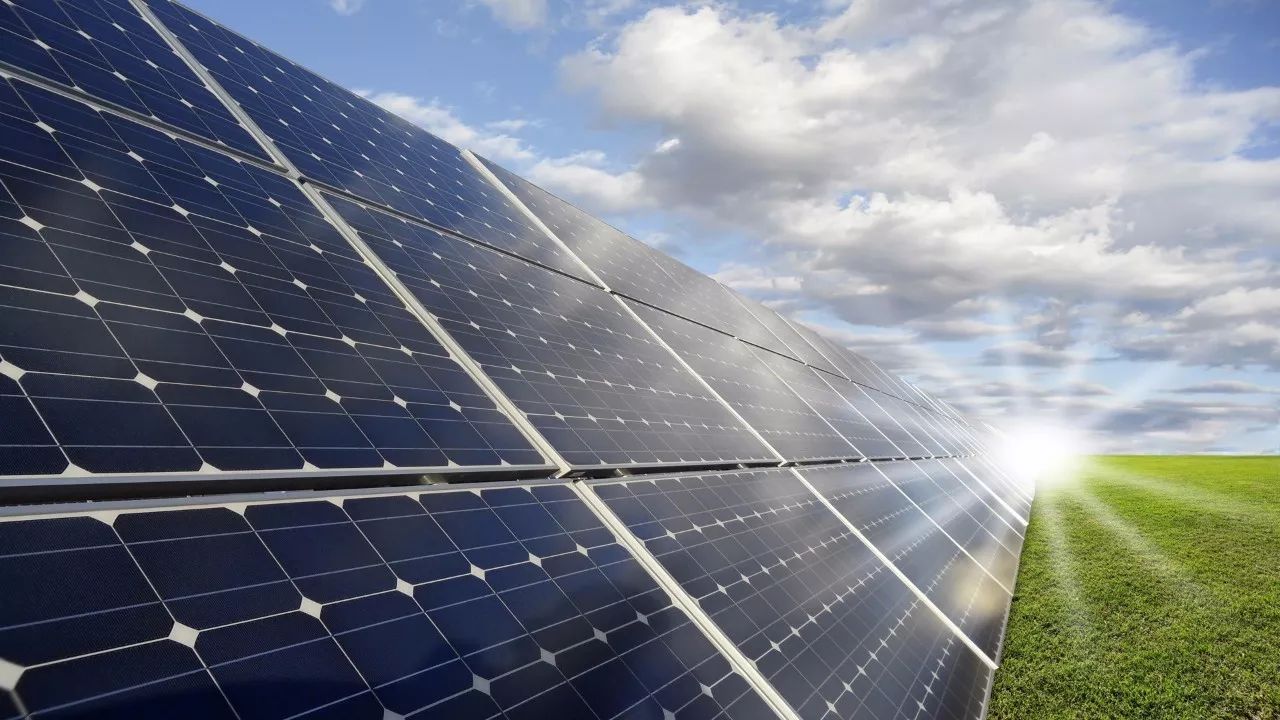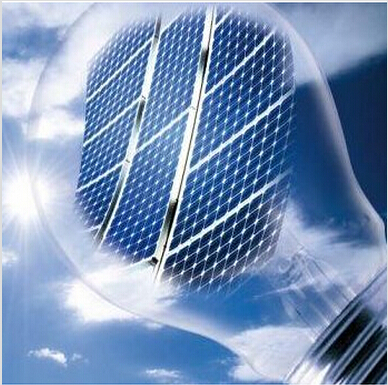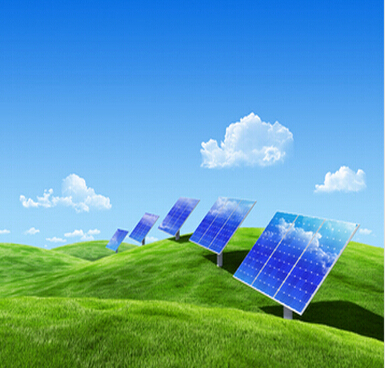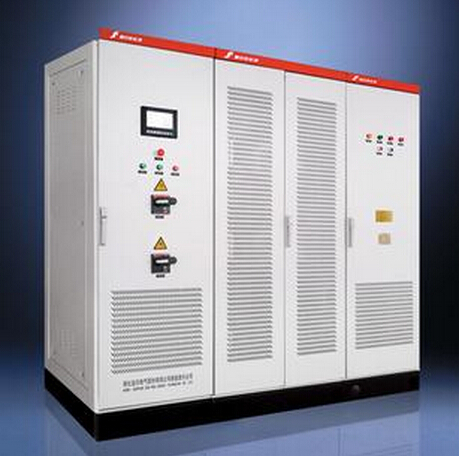The well-known photovoltaic power generation traditional application market is a photovoltaic ground power station and industrial and commercial and household distribution, which is the typical photovoltaic application field that countries around the world have been developing in the past few years. However, large-scale ground power stations are usually distributed in remote areas. The resources of industrial and commercial and residential roofs are also very limited. In addition to the ground and roof, where is the potential market for future PV development?
Based on research on global PV markets and technologies, we predict that the following five innovative PV applications will likely become the focus of attention. From the application to the near and far, we take a look at the five major trends in the future of photovoltaic applications that are already on the road to development.
First place: Floatovoltaic floating photovoltaic power station
In our view, floating photovoltaic power plants may be the most mature new PV application fields besides industrial and commercial household distributed and ground power plants, and have received the attention of the global PV market. Sunshine Power, Sanxia New Energy, etc. have many successful cases in this regard.
According to the research, if the PV module is installed on the surface of a reservoir or other water body, it can provide higher power generation efficiency and power generation due to the cooling effect of water. The photovoltaic module generates up to 10%, and there are many other advantages. Even if the evaporation is reduced, the production of harmful algae is prevented, and the cost of water treatment is reduced.
To this end, the industry has developed a term specifically: Floatovoltaic - Float Photovoltaic.
Although the total installed capacity of photovoltaics in the world has exceeded 500 GW by the end of 2017, the installed capacity of surface floating photovoltaic power plants is only about 100 MW.
In 2008, the first commercial 175kWh floating plate system was installed at the Farnite Winery in Napa Valley, California.
In 2016, the world's largest single-surface floating photovoltaic power station is the Anhui Huainan 20MW project of Sunshine Power Construction.
Second place: BIPV BIPV
As the name implies, building-integrated photovoltaic technology seamlessly integrates photovoltaic systems into the building system in the form of roofs, canopies, curtain walls, facades and skylight systems. Unlike traditional PV modules, BIPV is attractive in architectural aesthetics rather than a simple retrofit of architectural design.
In addition to the architectural beauty, economics is also important for the owner. The BIPV system not only allows owners to save on building materials and electricity costs, but also enables low-carbon or zero-carbon buildings to help owners apply for various government subsidies and incentives. Replacing standard building materials with BIPV can reduce the extra cost of solar panel installation systems. This is also the market strategy for BIPV PV suppliers such as Hanergy: BIPV is not sold as PV, but as a new building material.
When used in building facades, atriums, patio floors and roofs, BIPV technology has the following advantages:
Improve energy efficiency
High thermal insulation
Clean and free solar output
Reduce operating and maintenance costs
Zero carbon footprint
Photovoltaic glass installed as a building material not only plays a role in power generation, but also does not isolate sunlight, just like traditional architectural glass.
Third place: solar skin Solar Skin
Solar skin is a new type of photovoltaic technology that integrates custom designs into solar panel systems as a housing for a variety of items such as buildings, automobiles, and toys. Solar skin technology can be done like an advertisement on a car window.
According to the data, solar films on solar skin have selective filtering properties. Advances in technology have enabled photovoltaic systems to not only maintain high efficiency, but also produce good visual effects. The sunlight on the solar skin is filtered, some wavelengths are selectively transmitted to the underlying solar cells to generate electricity, and another part of the wavelength of light is reflected to display a customized image. These engraved custom images are embedded in solar panels and can be perfectly matched to the lawn or roof of the home.
The application of solar skin also allows companies or government agencies to customize the display of commercial signs, commercials, national flags and more.
It is reported that the US National Renewable Energy Laboratory is currently testing this technology to improve its efficiency. In addition, solar skin technology does not require a bracket, it fits snugly against the substrate, looks smooth, hides all metal parts, and the components look cool. The disadvantage of solar skin is its cost.
Fourth place: solar fabric
Solar radiation spreads all over the earth, so you can generate electricity by yourself in places you don't need. Imagine that in addition to generating electricity from fixed power stations, roofs, and water surfaces, you can also generate electricity on your own clothes and backpacks.
The solar fabrics here are not limited to solar wearable products promoted by companies like Hanergy. Recent research has shown that solar energy is envisioned in every fabric fiber. These solar fibers can be embedded in your T-shirt, winter coat or any other outfit to help you stay warm, power your phone and provide energy for other needs on the go.
Combining solar fabrics with solar panels may include:
Building facade, providing shadows and power generation
Awning, can light the street light
Curtain, self-powered opening and closing
Solar home furnishing
Fifth place: PV Noise Banner
Traffic noise on expressways and elevated roads is a major disturbance to the environment and residents. We can see that traffic noise barriers are installed on elevated roads in the city, tunnel exits, and highways passing through residential areas. The construction of noise barriers is an additional cost to road construction, and the design must not only effectively isolate noise, but also be as low-cost as possible.
If we can combine noise control with sustainable power generation, it will be not only social benefits, but also economic benefits. National and global road resources are huge for photovoltaic applications.
Given the widespread use of noise barriers in the United States, the potential to use these barriers to produce solar energy may be approximately 400 gigawatt hours per year (GWh). This is roughly equivalent to the annual electricity consumption of 37,000 households.

















 RCCN WeChat QrCode
RCCN WeChat QrCode Mobile WebSite
Mobile WebSite







